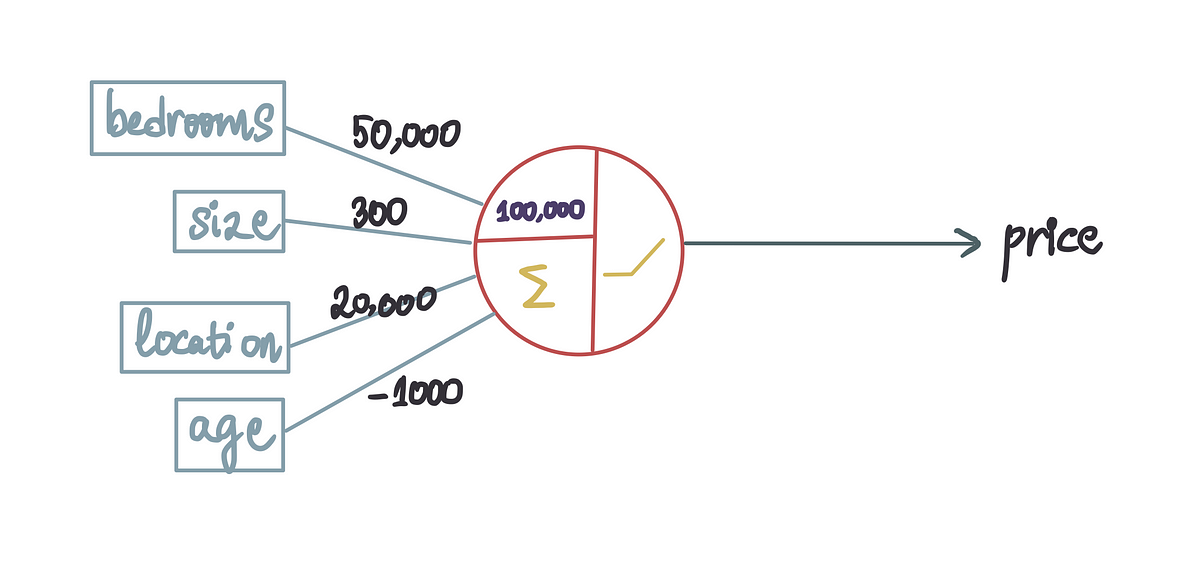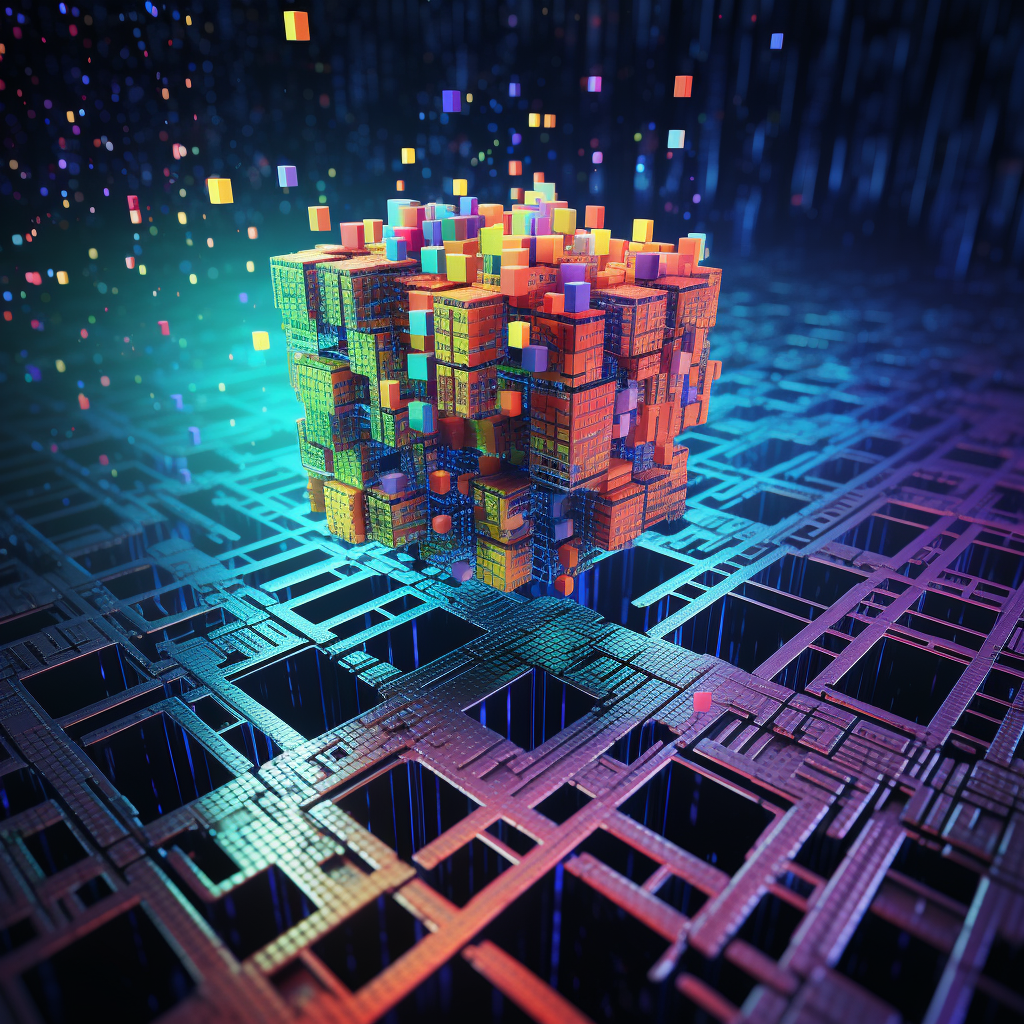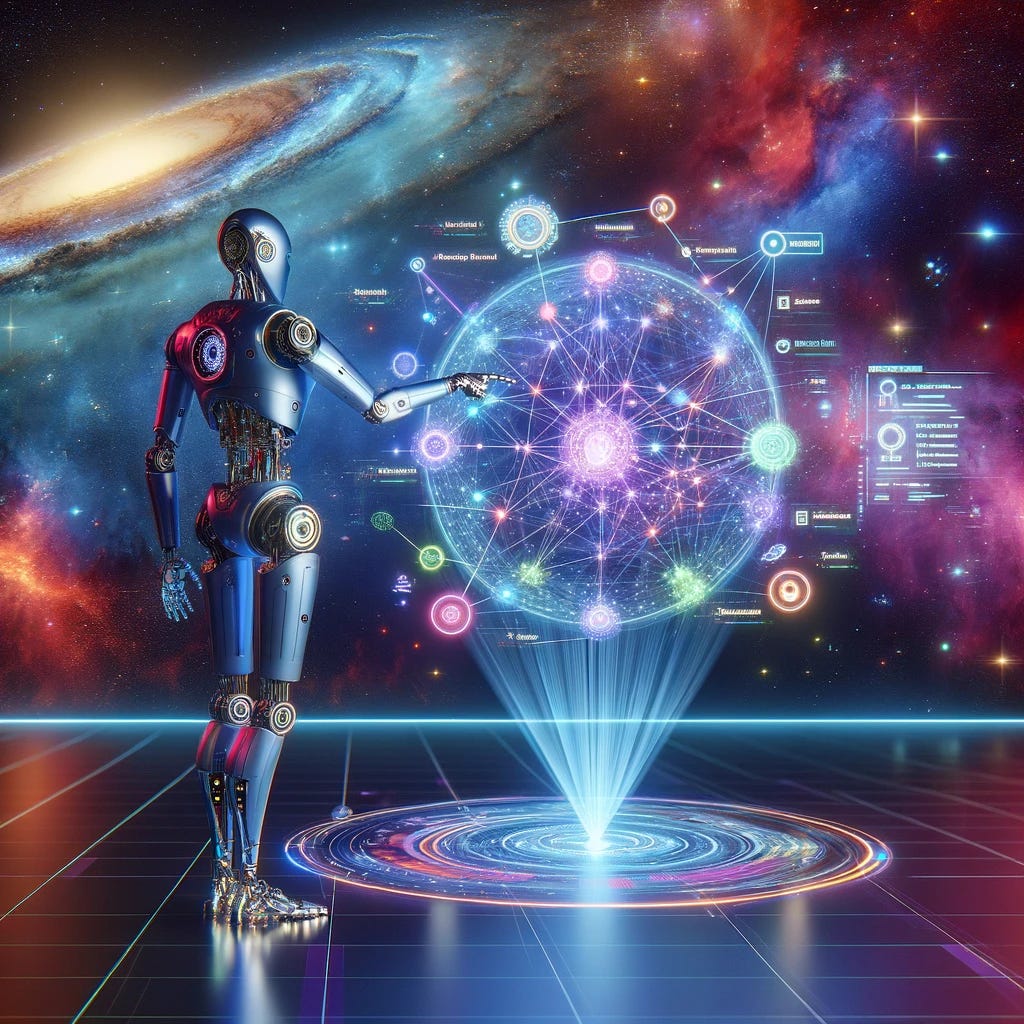Do you find it difficult to keep up with the latest ML research? Are you overwhelmed with the massive amount of papers about LLMs, vector databases, or RAGs? In this post, I will show how to build an AI assistant that mines this large amount of information easily. You’ll ask it your questions in…











